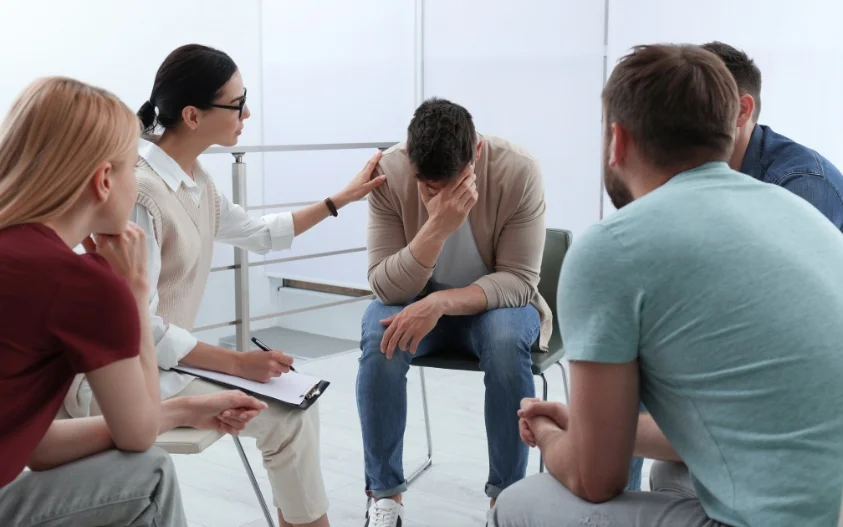24/7 Helpline:
(866) 899-221924/7 Helpline:
(866) 899-2219
Learn more about 12 Step Rehab centers in Bowling Green
12 Step Rehab in Other Cities

Other Insurance Options

Absolute Total Care

Meritain

Choice Care Network

Excellus

Carleon

Medical Mutual of Ohio

Regence

Sutter

BHS | Behavioral Health Systems

WellPoint

Ceridian
Beacon

CareSource

Lucent

Providence

Health Choice

Multiplan

Anthem

Access to Recovery (ATR) Voucher

Coventry Health Care















